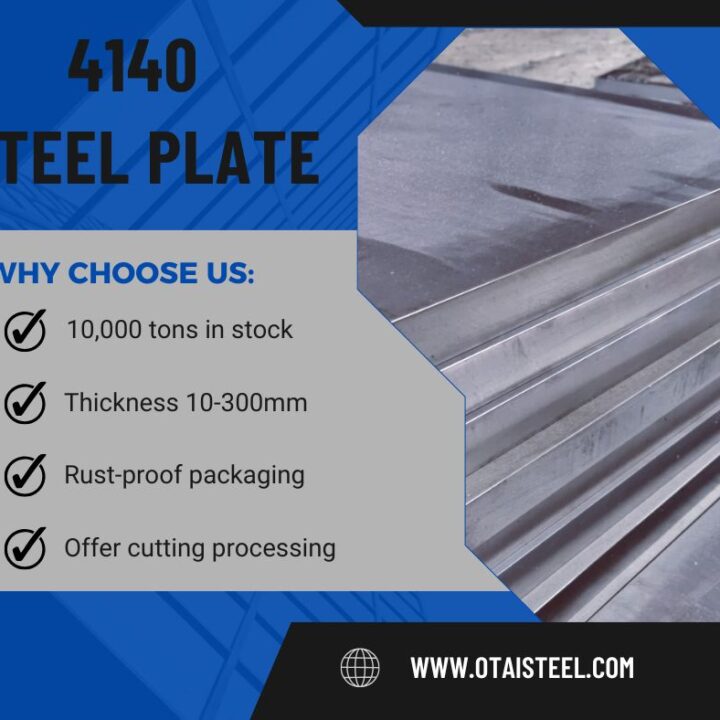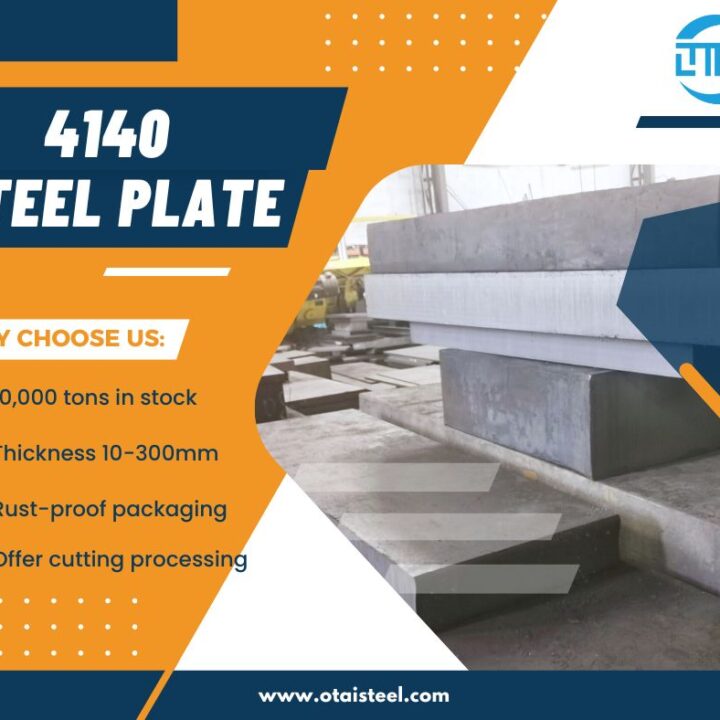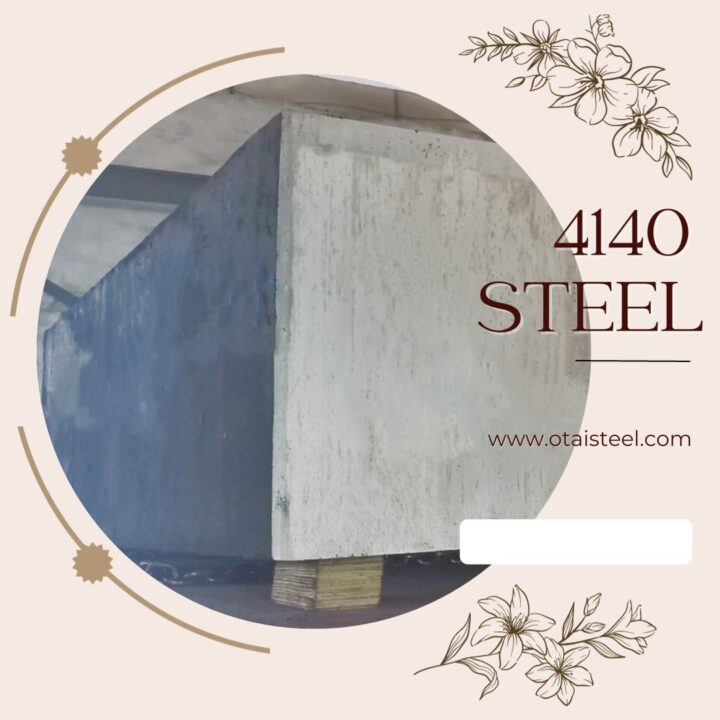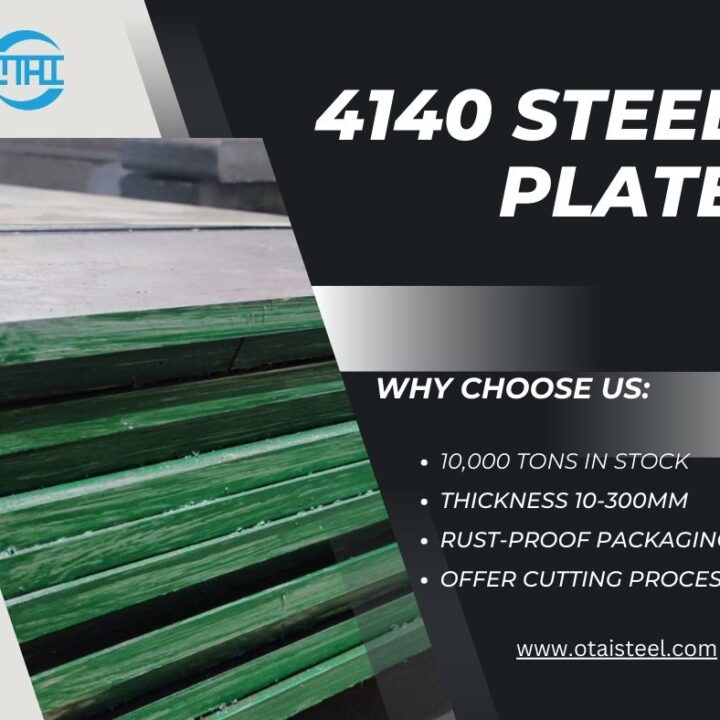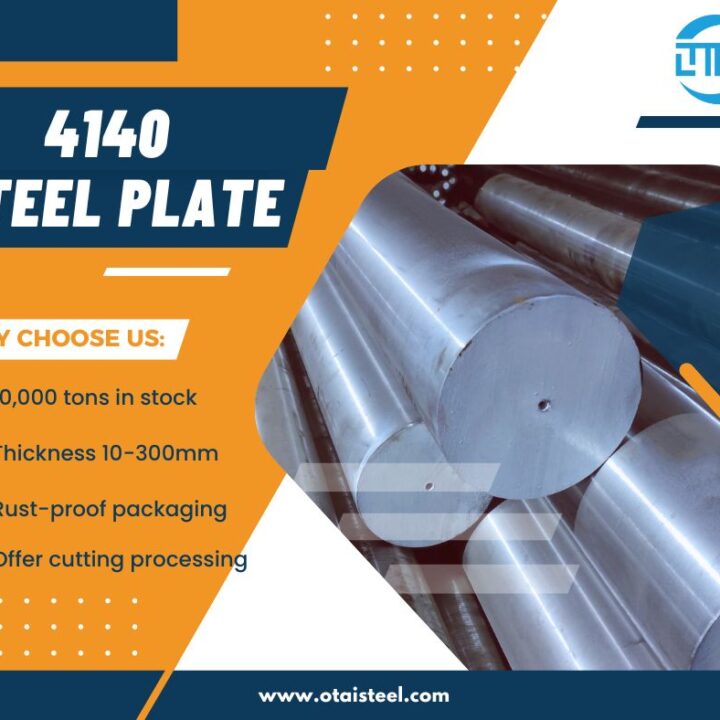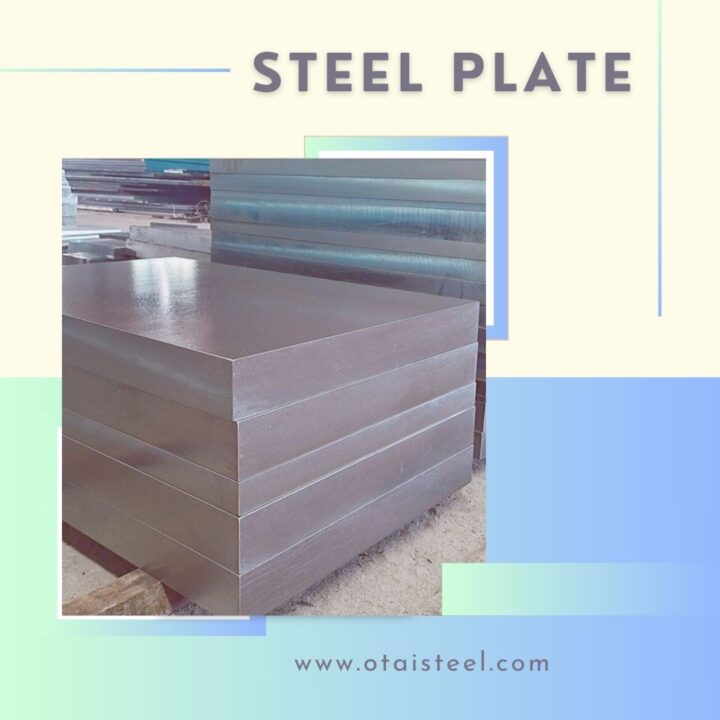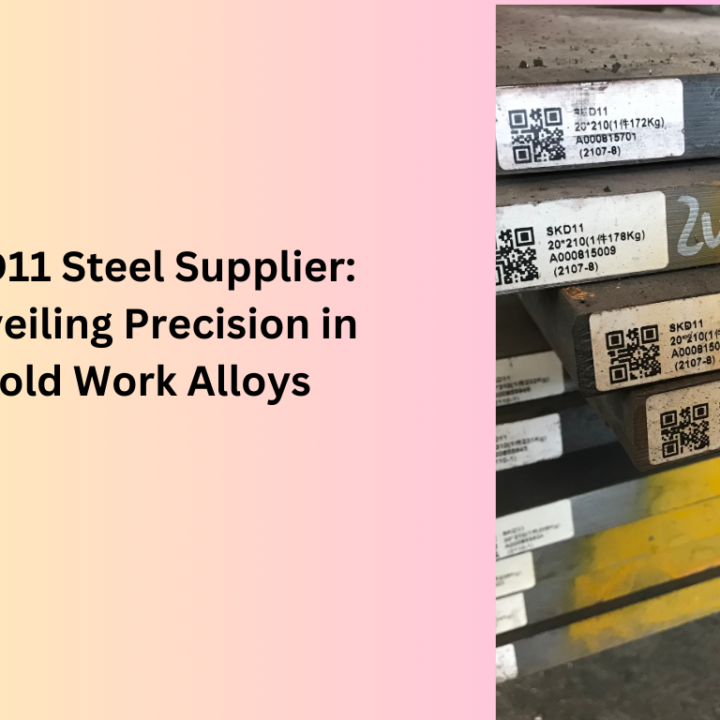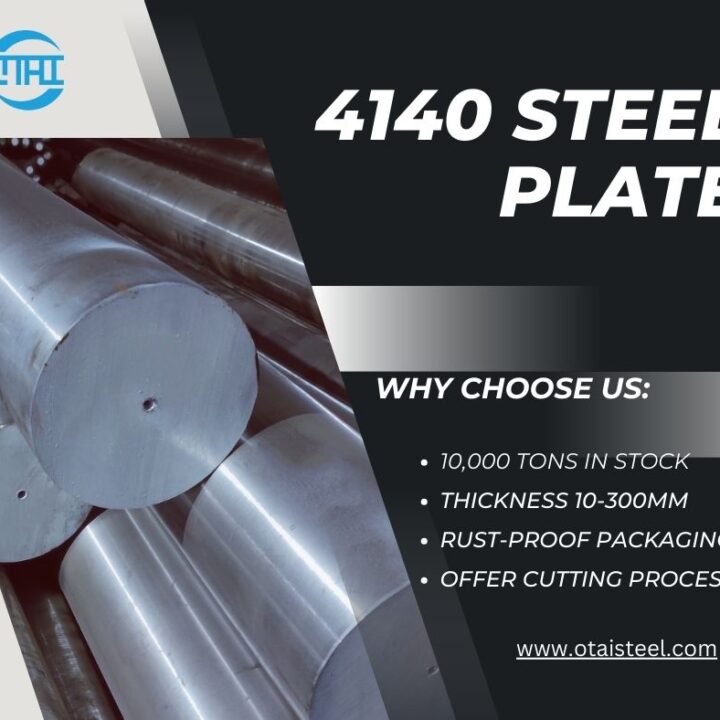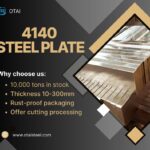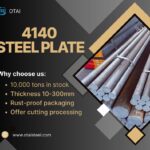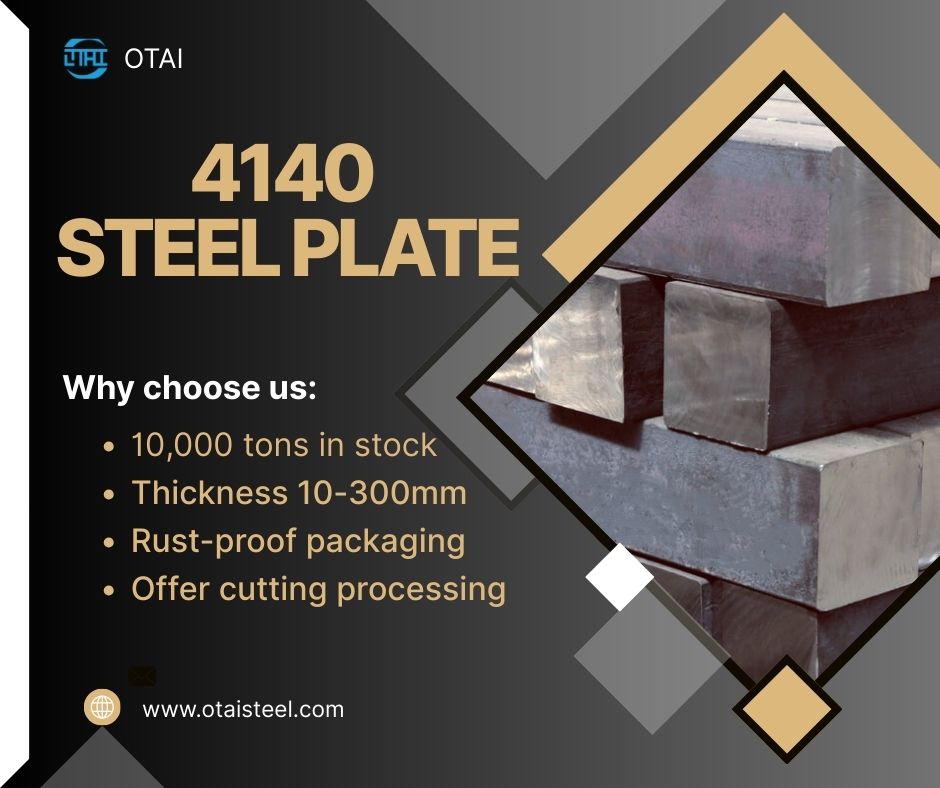 4140 Steel KSI – Comprehensive Strength Data and Applications
4140 Steel KSI – Comprehensive Strength Data and Applications
When it comes to structural and mechanical design, engineers rely heavily on strength values. In the U.S., the standard unit is ksi (kilo-pound per square inch). If you are researching 4140 steel ksi, you’ll want to understand not just the numbers but also how heat treatment, hardness, and application requirements connect with these strength levels. Let’s dive deeper into the subject.
📏 What Does KSI Mean and Why Is It Important?
-
KSI = 1,000 pounds per square inch.
-
Engineers use ksi values to compare tensile strength, yield strength, and fatigue resistance.
-
For design safety, ksi data helps set load limits, select materials for high-stress parts, and avoid over-engineering.
In industries like aerospace and oil & gas, ksi-based specifications are often written into standards. This makes 4140 steel tensile strength ksi data essential when choosing materials.
🔧 4140 Steel Tensile and Yield Strength
The properties of 4140 alloy steel depend on carbon content (~0.40%), chromium, and molybdenum. These alloying elements boost hardenability and strength, making the steel responsive to heat treatment.
| Condition | Tensile Strength (ksi) | Yield Strength (ksi) | Elongation (%) | Impact Toughness |
|---|---|---|---|---|
| Annealed 4140 steel | 95 – 100 | 60 – 65 | ~25% | High |
| Normalized 4140 | 110 – 125 | 80 – 90 | ~20% | Balanced |
| Pre-hardened 4140 (28–32 HRC) | 140 – 150 | ~120 | ~18% | Good |
| Quenched & tempered to 35 HRC | 160 – 180 | 130 – 140 | ~15% | Good |
| Quenched & tempered to 45 HRC | 200 – 220 | 170 – 190 | ~12% | Reduced toughness |
| Quenched & tempered to 50 HRC | 225 – 235 | ~200 | ~10% | Low |
This chart shows how 4140 steel mechanical properties in ksi are versatile. Engineers can select the right balance of strength and ductility by adjusting heat treatment.
📊 Hardness vs. KSI Strength
Hardness and ksi strength are closely related. Buyers often ask about 4140 steel hardness vs tensile strength ksi.
-
Approximate correlation: 1 HRC ≈ 10 ksi tensile strength.
-
Annealed 4140 (~20 HRC) → ~100 ksi tensile strength.
-
35 HRC condition → ~170 ksi tensile strength.
-
50 HRC condition → over 220 ksi tensile strength.
👉 This relationship makes it easier to estimate mechanical strength when hardness testing is available but tensile testing is not.
⚙️ Fatigue Strength and Toughness in KSI
While tensile and yield strength are critical, fatigue strength also matters. For 4140 steel, fatigue strength ranges from 45 ksi to 95 ksi depending on treatment.
-
In automotive shafts, engineers often design for ~70 ksi fatigue strength.
-
In aerospace, fatigue performance above 90 ksi is required for rotating parts.
-
Impact toughness decreases at very high ksi levels, so balance is key.
This makes 4140 steel ksi after heat treatment a customizable solution: you can aim for either high fatigue resistance or maximum static strength.
🏗️ Engineering Applications by KSI Levels
Different strength levels match different applications:
-
95–120 ksi (annealed/normalized) → Machinable components, general engineering, prototypes.
-
140–170 ksi (pre-hardened/tempered) → Shafts, gears, fasteners, hydraulic components.
-
180–200 ksi (quenched & tempered) → High-stress aerospace and defense parts.
-
200+ ksi → Specialized tooling, molds, and applications where wear resistance outranks toughness.
Understanding the ultimate strength of 4140 steel in ksi helps avoid both overdesign (too costly) and underdesign (unsafe).
🛠️ Comparing 4140 Steel to Other Steels in KSI
| Steel Grade | Tensile Strength (ksi) | Yield Strength (ksi) | Notes |
|---|---|---|---|
| 1045 medium carbon | ~90 | ~60 | Lower hardenability, cheaper |
| 4140 alloy steel | 100 – 230 | 60 – 200 | Wide range, highly versatile |
| 4340 alloy steel | 120 – 280 | 100 – 240 | Higher hardenability, higher cost |
| 8620 case-hardening | Core: ~80, Surface: >200 | Core: ~55, Surface high | Used for carburized gears |
This comparison shows why 4140 alloy steel tensile strength ksi is widely favored: it offers flexibility at a cost-effective level compared to 4340.
🏭 Company Advantage – Why Buy 4140 Steel from Otai
At Otai Special Steel, we provide 4140 steel in ksi ranges tailored by heat treatment. Our competitive strengths include:
-
✅ Inventory of 10,000+ tons in plates (6–300mm), bars (20–800mm), tubes (25–600mm).
-
✅ In-house quenching, tempering, annealing, and machining to meet customer-specified ksi values.
-
✅ Full mill test certificates (MTC), ultrasonic testing (UT), chemical composition analysis.
-
✅ Strong supply network serving Thyssenkrupp, Borealis, Schlumberger, and other global leaders.
-
✅ Reliable delivery with both bulk orders and cut-to-size services.
❓ FAQ – 4140 Steel KSI
Q1: What is the maximum tensile strength of 4140 steel in ksi?
With quenching and tempering, it can exceed 230 ksi.
Q2: What is the yield strength of annealed 4140 steel?
Typically around 60–65 ksi.
Q3: Can 4140 steel match aerospace requirements?
Yes. At 180–200 ksi tensile strength, it fits aerospace-grade standards for strength and fatigue.
Q4: How does 4140 compare to 4340 in ksi values?
4340 reaches higher tensile levels, but 4140 is more cost-effective with good balance of toughness and strength.
Q5: Is ksi interchangeable with MPa?
Yes, but you need conversion: 1 ksi = 6.895 MPa.

